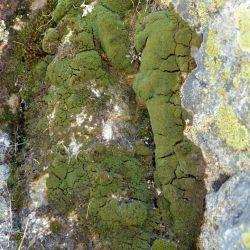
t_ba252f4ea9242d192821670796333608.jpg from: https://www.asturnatura.com/especie/grimmia-caespiticia
Introduction
In the vast and captivating world of bryophytes, the Grimmia caespiticia (Brid.) Jur. moss stands out as a remarkable member of the Grimmiaceae family. Often referred to simply as Grimmia, this unassuming yet resilient moss has captured the hearts of enthusiasts worldwide with its unique characteristics and ecological significance.
Background
Before delving into the intricacies of Grimmia caespiticia, it’s essential to understand the broader context of bryophytes. These non-vascular plants, which include mosses, liverworts, and hornworts, are often overlooked but play a crucial role in various ecosystems. As pioneers of terrestrial life, they have adapted to thrive in some of the harshest environments, making them true survivors in the plant kingdom.
Main Content
Morphology and Identification
Grimmia caespiticia
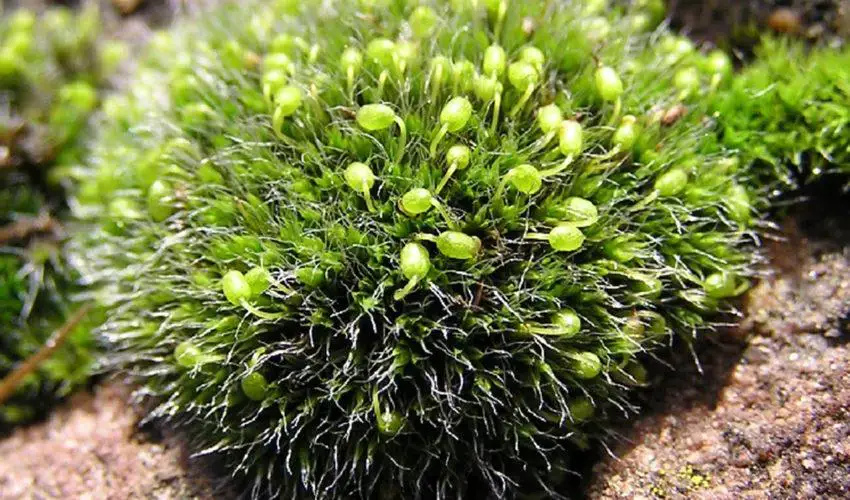
grimmia-850×500.jpg from: https://www.earth.com/plants/grimmia-dry-rock-moss-grimmia/
is a small, tufted moss that forms dense cushions or mats. Its leaves are narrow, lance-shaped, and often curved or twisted when dry, giving the plant a distinctive appearance. The leaf margins are typically recurved, and the leaf tips are often hair-like or awned. The Grimmia genus is known for its unique calyptrae (coverings over the developing sporophyte), which are often hairy or roughened.
Global Distribution and Habitat
This remarkable moss has a widespread distribution, found on various continents, including Europe, Asia, North America, and even Antarctica. It thrives in a diverse range of habitats, from rocky outcrops and cliffs to tree bark and soil. Grimmia caespiticia is particularly well-adapted to dry and exposed environments, making it a true champion of harsh conditions.
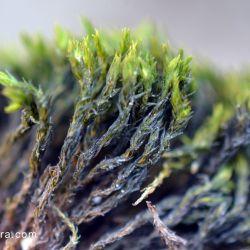
t_8daea896bdc364a6712fcf9e4656997e.jpg from: https://www.asturnatura.com/filum/bryophyta.html
Ecological Roles and Adaptations
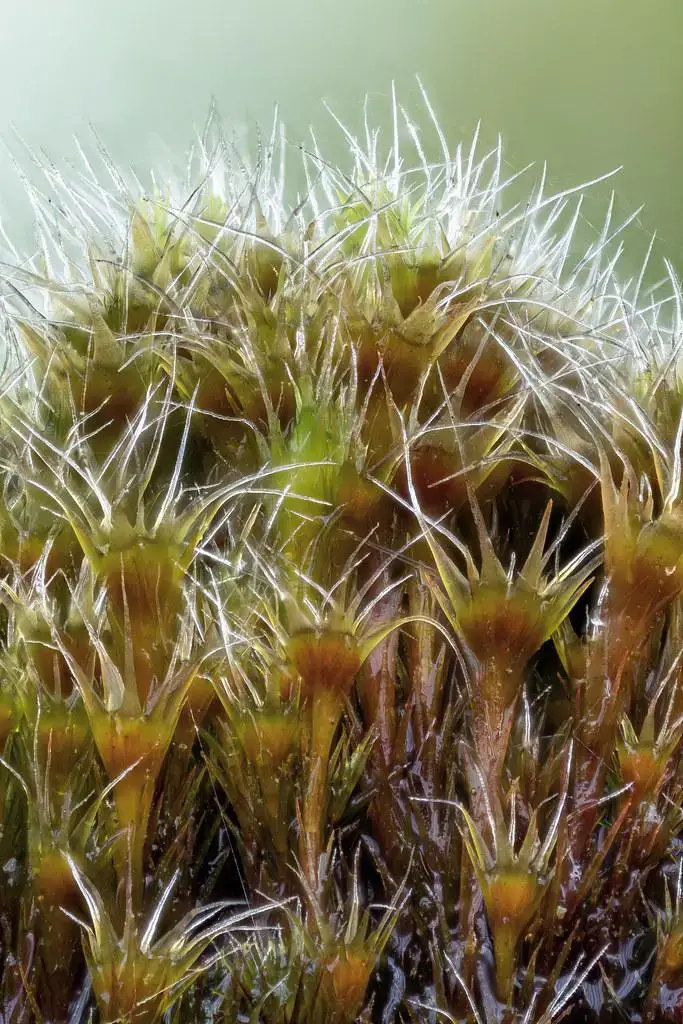
50096286843_df99e4ecb7_b.jpg from: https://www.flickr.com/photos/mark_at_magdalen/50096286843/
Despite its diminutive size, Grimmia caespiticia plays a vital role in its ecosystems. Its dense cushions provide shelter and moisture for other organisms, creating microhabitats for invertebrates, fungi, and even other plant species. Additionally, these mosses contribute to soil formation and stabilization, helping to prevent erosion in rocky areas.
One of the most remarkable adaptations of Grimmia caespiticia

Grimmia-laevigata-(Brid.)-Brid.-144916.jpg from: https://www.biodiversidadvirtual.org/herbarium/Grimmia-laevigata-(Brid.)-Brid.-img144916.html
is its ability to survive desiccation. During dry periods, the moss can enter a state of dormancy, curling its leaves inward to conserve moisture. When water becomes available, it quickly revives, demonstrating an incredible resilience that has allowed it to thrive in some of the most inhospitable environments on Earth.
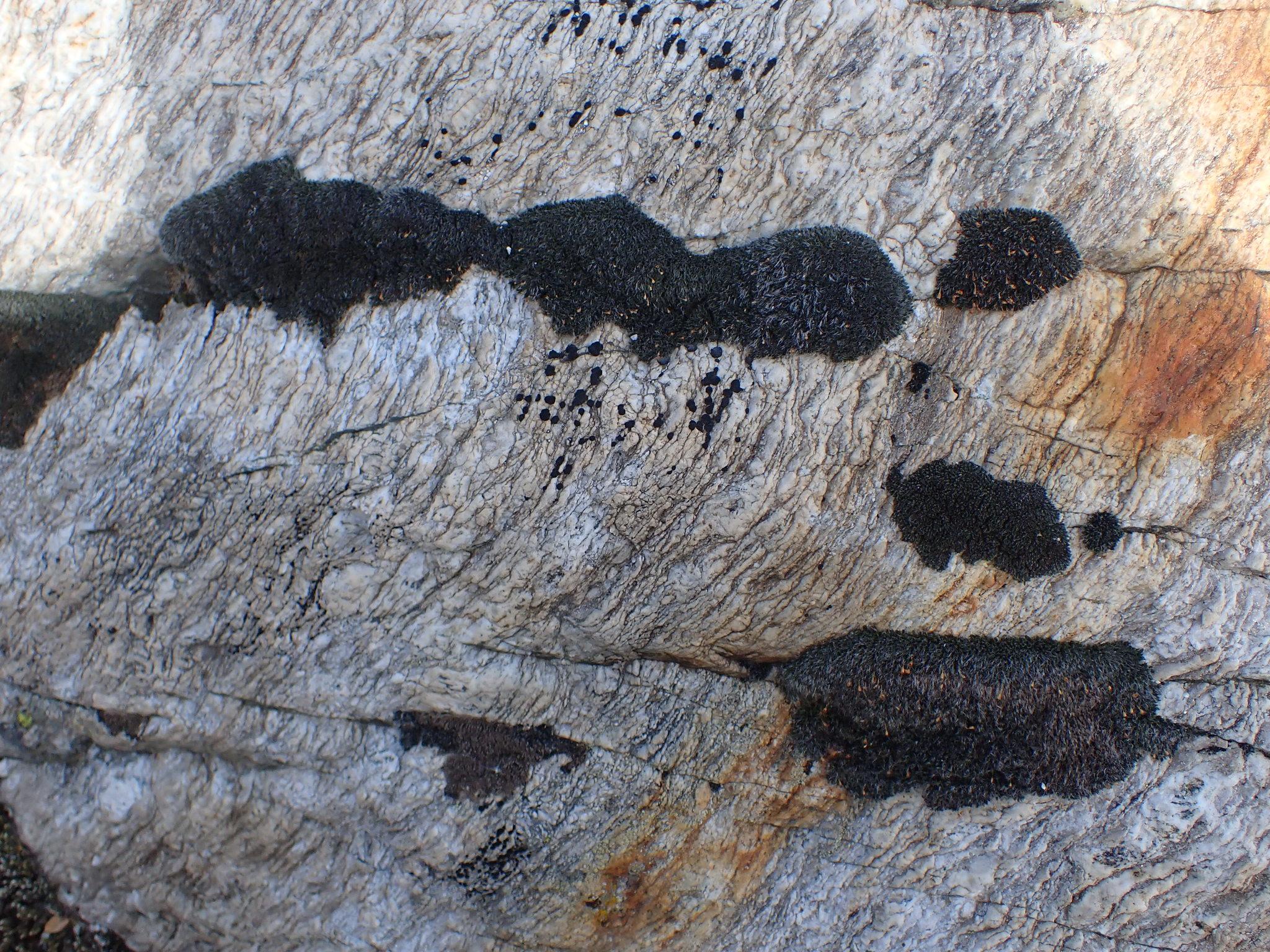
original.jpeg from: https://www.gbif.org/es/species/5281718
Case Studies/Examples

2.jpg from: https://nathistoc.bio.uci.edu/Mosses/Grimmia lisae/index.html
In the Arctic regions, Grimmia caespiticia plays a crucial role in the formation of biological soil crusts, which help stabilize and protect the fragile tundra ecosystem. These moss-dominated crusts not only prevent soil erosion but also contribute to nutrient cycling and provide a suitable habitat for other organisms.
Technical Table
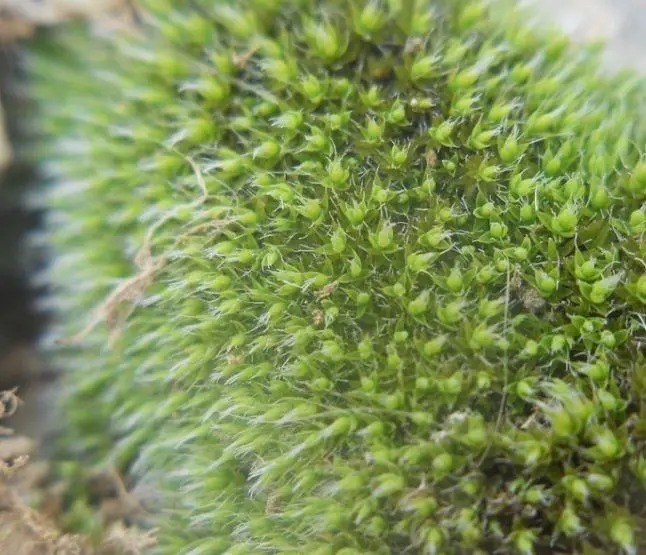
Grimmia-laevigata-(Brid.)-Brid.-127512.jpg from: https://www.biodiversidadvirtual.org/herbarium/Grimmia-laevigata-(Brid.)-Brid.-img127512.html

2.jpg from: https://nathistoc.bio.uci.edu/Mosses/Grimmia laevigata/index.html
| Characteristic | Description |
|---|---|
| Phylum | Bryophyta |
| Class | Bryopsida |
| Order | Grimmiales |
| Family | Grimmiaceae |
| Genus | Grimmia |
| Species | caespiticia |
| Common Name | Grimmia Moss |
| Growth Form | Tufted, cushion-forming |
| Leaf Shape | Narrow, lance-shaped |
| Leaf Margin | Recurved |
| Leaf Tip | Often hair-like or awned |
| Calyptra | Hairy or roughened |
| Habitat | Rocky outcrops, cliffs, tree bark, soil |
| Distribution | Widespread (Europe, Asia, North America, Antarctica) |
Conclusion
The Grimmia caespiticia (Brid.) Jur. moss, a member of the Grimmiaceae family, is a true marvel of nature. Its ability to thrive in harsh environments, its unique morphological features, and its ecological significance make it a fascinating subject for enthusiasts and researchers alike. As we continue to explore and appreciate the diversity of bryophytes, the Grimmia moss serves as a reminder of the resilience and adaptability that can be found in even the smallest of organisms.
Ponder this: In a world where change is constant, what lessons can we learn from the enduring presence of Grimmia caespiticia
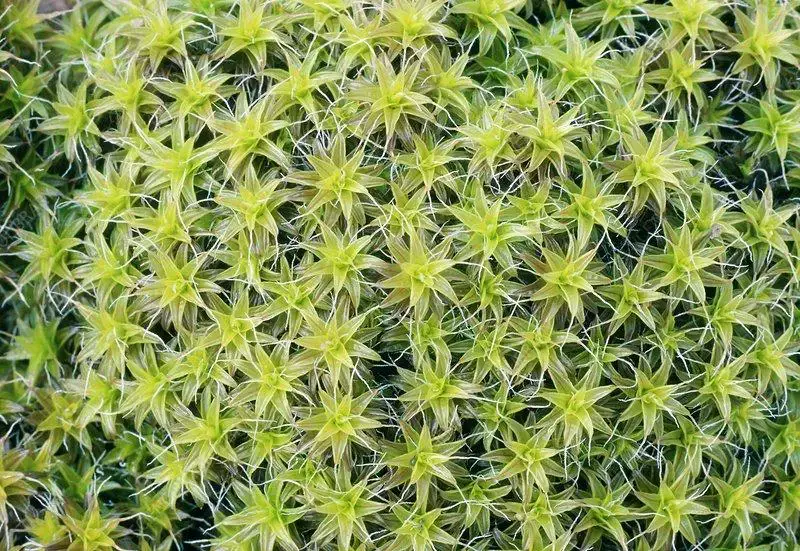
C0147769-Grimmia_sp_moss.jpg from: https://www.sciencephoto.com/media/483904/view/grimmia-sp-moss
and its ability to persist through adversity?